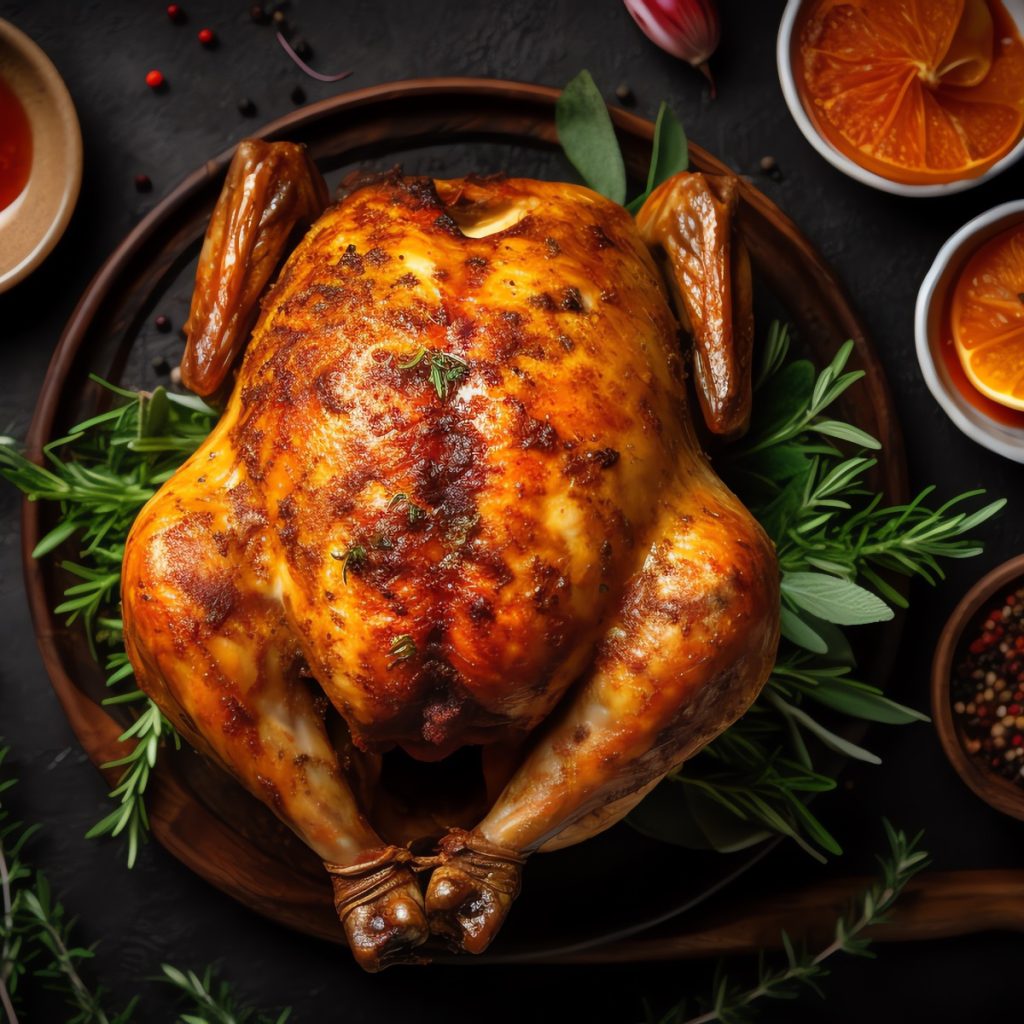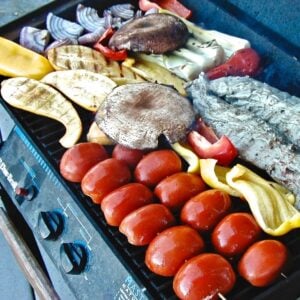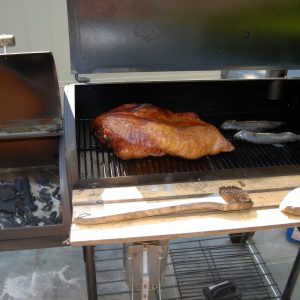How To Cup Up A Whole Chicken
Advantages of Buying, Cooking and Cutting Up a Whole Chicken
Buying, cooking, and cutting up a whole chicken offers numerous advantages in terms of culinary versatility and cost-effectiveness. Here are some key benefits:
- Cost-effectiveness: Purchasing a whole chicken is often more economical than buying individual chicken parts. By buying the whole bird, you can maximize your budget by taking advantage of its lower price per pound.
- Versatility: A whole chicken provides a wide range of culinary options. You can roast it whole, cut it into parts for various recipes, use the bones to make stock or broth, and even utilize the giblets for additional dishes. This versatility allows you to experiment with different cooking techniques and flavors.
- Control over quality: Buying a whole chicken allows you to inspect its quality and freshness before purchase. You can ensure that the chicken meets your standards regarding appearance, smell, and texture. This level of control is especially important if you prioritize buying organic, free-range, or locally sourced poultry.
- Customizable cuts: When you cut up a whole chicken yourself, you have control over the size and style of the cuts. You can tailor the pieces to suit your preferences and specific recipes. For example, you can portion the chicken into breasts, thighs, drumsticks, and wings or cut it into smaller pieces for stir-fries or kebabs.
- Less waste: Cooking a whole chicken allows you to utilize all parts of the bird, minimizing waste. After removing the meat, you can use the carcass to make homemade chicken stock or broth, which adds depth of flavor to soups, stews, and sauces. Any leftover meat can also be used in sandwiches, salads, or casseroles.
- Enhanced flavor: Cooking a whole chicken with intact bones and skin can produce juicier, more flavorful meat. The bones contribute richness and depth to the cooking liquid, while the skin helps retain moisture and adds crispiness when roasted. This results in a more succulent and flavorful final dish compared to using boneless, skinless chicken parts.
- Learning opportunity: Cutting up a whole chicken provides an excellent opportunity to improve your culinary skills and knife techniques. With practice, you’ll become more proficient at breaking down poultry, which can translate to greater confidence and efficiency in the kitchen.
Technique for Cutting Up A Chicken
- Gather your tools: You’ll need a sharp chef’s knife, a cutting board, and possibly kitchen shears.
- Prepare the chicken: Rinse the chicken under cold water and pat it dry with paper towels. Place it breast-side up on the cutting board.
- Remove the legs and thighs: Hold the chicken firmly with one hand and use the chef’s knife to cut through the skin between the thigh and the body. Pull the leg away from the body and locate the joint where the thigh meets the body. Cut through this joint to separate the leg and thigh from the body. Repeat on the other side.
- Separate the drumsticks from the thighs: Locate the joint between the drumstick and the thigh. Cut through this joint to separate the two pieces. Repeat on the other side.
- Remove the wings: Pull each wing away from the body and locate the joint where it connects to the breast. Cut through this joint to separate the wing from the body. Repeat on the other side.
- Separate the breast: With the chicken breast-side up, feel for the breastbone running down the center of the chicken. Make a cut along one side of the breastbone, as close to it as possible, to separate one breast from the body. Repeat on the other side.
- Cut the breasts into smaller pieces: You can leave them whole or cut them into smaller pieces, as desired. To cut into smaller pieces, slice the breast horizontally into cutlets or vertically into strips.
- Optional: Trim excess fat and skin: Trim any excess fat or skin from the individual pieces if desired.
- Clean up: Discard any remaining scraps or entrails and thoroughly clean your cutting board and knife.
- Store or cook: You can cook the chicken pieces immediately or store them in the refrigerator or freezer for later use.
Always practice safe food handling and sanitation procedures when working with raw chicken. Wash your hands and any surfaces that come into contact with the chicken thoroughly to prevent cross-contamination.
Videos
As you embark on this culinary adventure, safety should be your top priority. Here’s a helpful video to get you started, and as I discover more useful cooking videos demonstrating this technique, I’ll share them. Remember, your safety is paramount, so please handle any knife with caution to avoid any accidents.
PodChef Shows Us How He Cuts Up a Chicken
I’m a big fan of Wegmans, so I was thrilled when I found this
YouTube video by them on How to Cut Up a Chicken







